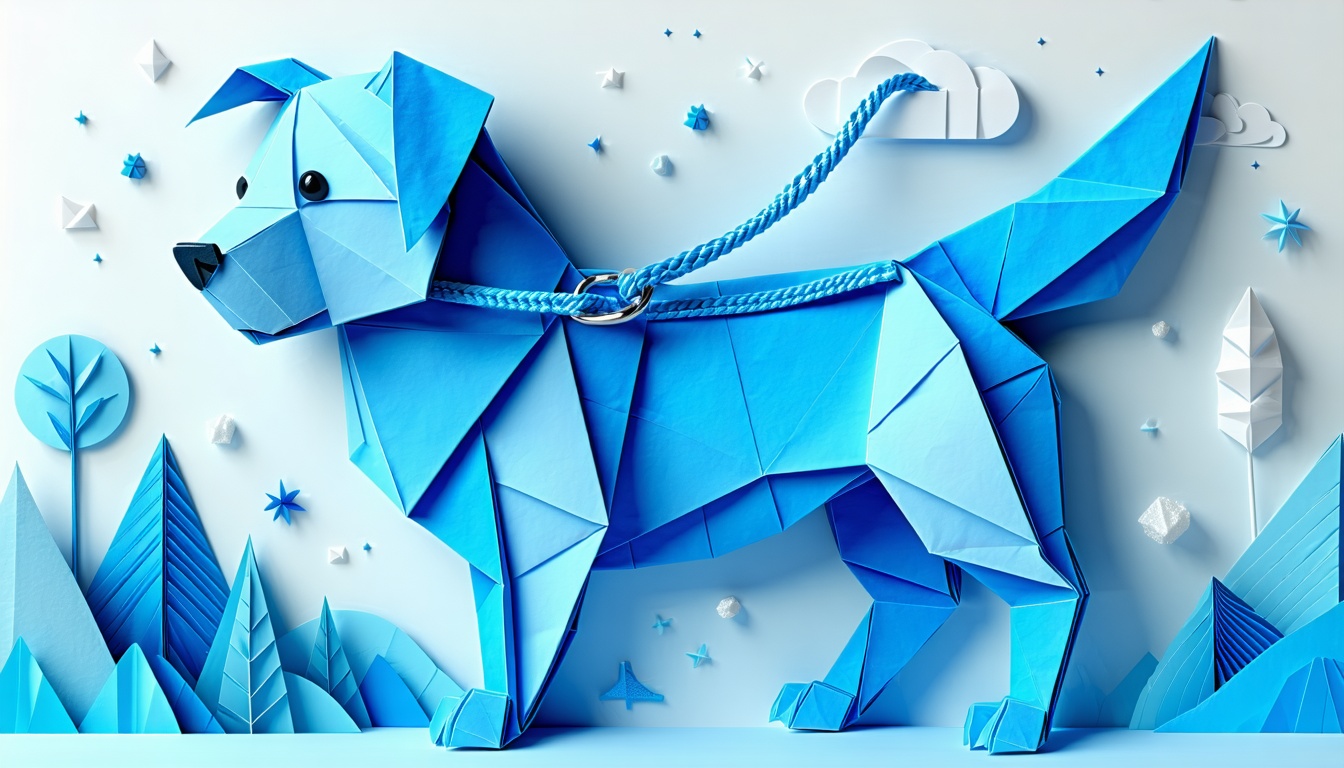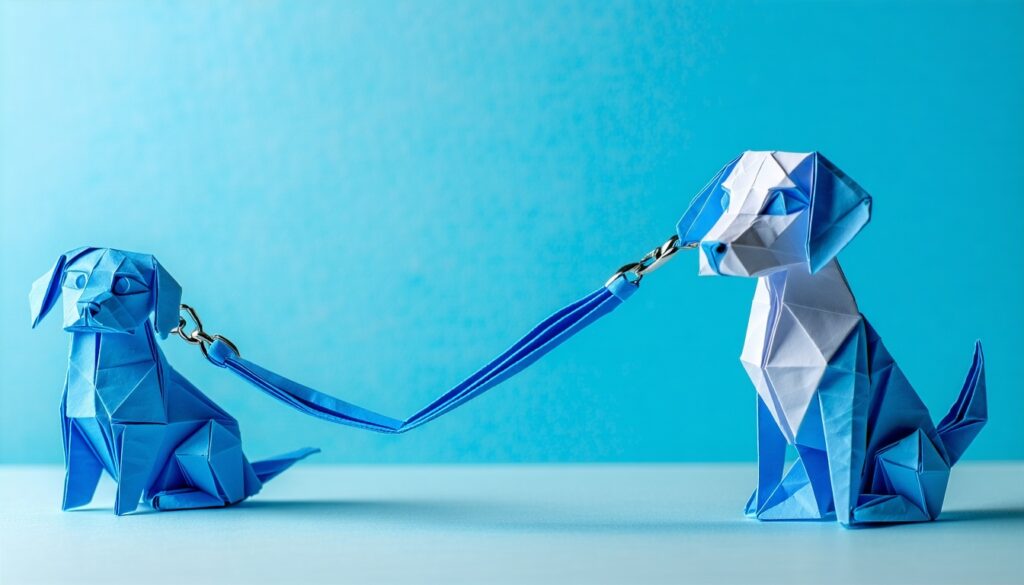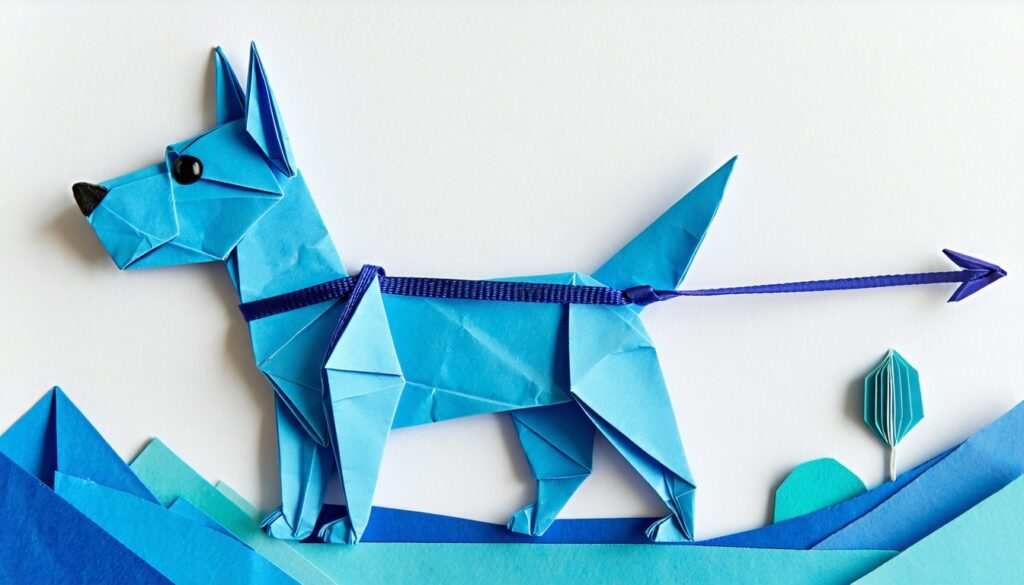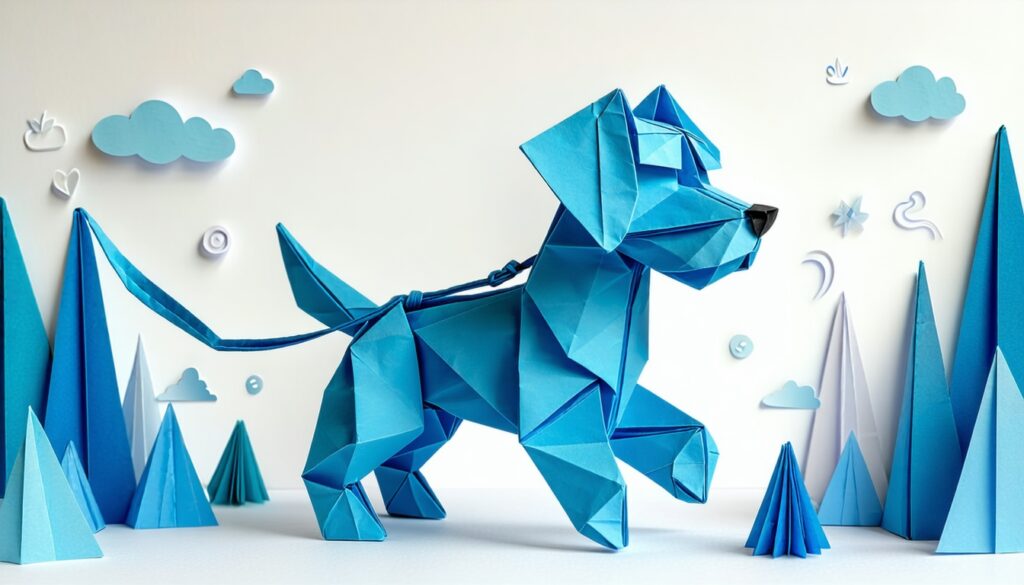Puppy leash training tips can set you and your new best friend up for fun, worry-free walks. Research suggests puppies can begin learning leash basics as early as eight weeks old (Eukanuba). Good news—this is easier than it sounds when you follow a handful of clear steps. Below are practical ideas you can try, along with ways to fix common leash troubles.
Try these puppy leash training tips
1. Start with the right gear
A properly fitted collar or harness is key. You might choose:
- A flat collar for everyday wear
- A head collar if your pup tries to pull
- A body harness to reduce strain on the neck
Make sure two fingers fit comfortably under the collar or harness so it’s snug but not tight (Purina).
2. Introduce leash time slowly
Let your puppy sniff and drag the leash around indoors for a few minutes. This gentle introduction builds confidence. Try one or two short sessions each day before you head outside (American Kennel Club).
3. Use positive reinforcement
Treats and praise go a long way in building good habits. According to one trainer survey, over 99% of dog owners believe rewarding good behavior is the most effective approach (Rogue Pet Science). Keep small treats handy and offer one each time your puppy walks calmly by your side.
4. Practice short sessions
Short spurts of training—often 5 to 10 minutes—prevent boredom and frustration. End the session while your puppy is still excited to learn. This habit sets you up for success in the next session (Rogue Pet Science).
5. Stand still if they pull
When you feel that tug, stop in place like a tree. Your puppy will learn that forward movement stops unless the leash is slack. As soon as your pup loosens up, offer praise or a treat, then continue walking. You can find step-by-step ideas in our puppy leash training for beginners guide.
6. Stay consistent with cues
Say your cue—like “Let’s go!”—once, then move forward. Repeating it multiple times (cue nagging) can teach your puppy to tune you out (American Kennel Club). Consistency builds trust, especially during leash training for puppies of all sizes.
7. Socialize and vary environments
After vaccinations, take your puppy on short walks in different spots—around the block, in a park, or near shops. This variety helps your pup adapt to new sights and sounds. If you feel stuck, try leash training progressions for puppies to tackle each stage of your puppy’s development.
Overcome common leash issues
Pulling and lunging
Pulling often happens due to an oppositional reflex (Good Dog Training). Stand still and wait until your puppy eases up, or turn around and walk the other way. If lunging occurs, distract with a treat before your puppy locks focus on whatever’s triggering the behavior.
Barking on walks
Some pups get overstimulated by other dogs, bicycles, or car horns. Create distance between your puppy and the distraction, then reward your pup for calm behavior. This approach can work hand-in-hand with leash training games for puppies that make walks more engaging.
Leash biting
If you catch your puppy chewing or yanking the leash, calmly redirect them to a toy. Praise them once they let go of the leash. Over time, they’ll learn that the leash isn’t a toy (Rogue Pet Science).
Common collar or leash options
Below is a quick look at typical leash styles (Purina):
| Leash Type | Description |
|---|---|
| Nylon | Lightweight and affordable |
| Leather | Durable but can be more expensive |
| Retractable | Adjusts length with a button |
| Stretch | Absorbs shock if your puppy pulls |
Wrap up and next step
Leash training can feel overwhelming if you’re new to it, but these steps make the journey smoother. Focus on short, upbeat sessions and lots of positive feedback. If you’re just getting started with a very young pup, leash training a new puppy offers basics for those early days. Or, if you have a large-breed fluff ball, you might explore leash training large breed puppies for specific guidance.
By staying patient, standing still when your puppy pulls, and mixing in plenty of rewards, you’ll soon enjoy stress-free walks. Remember, you and your puppy grow together—every little improvement makes a difference. Go ahead and take the first step now. Your leash awaits!



